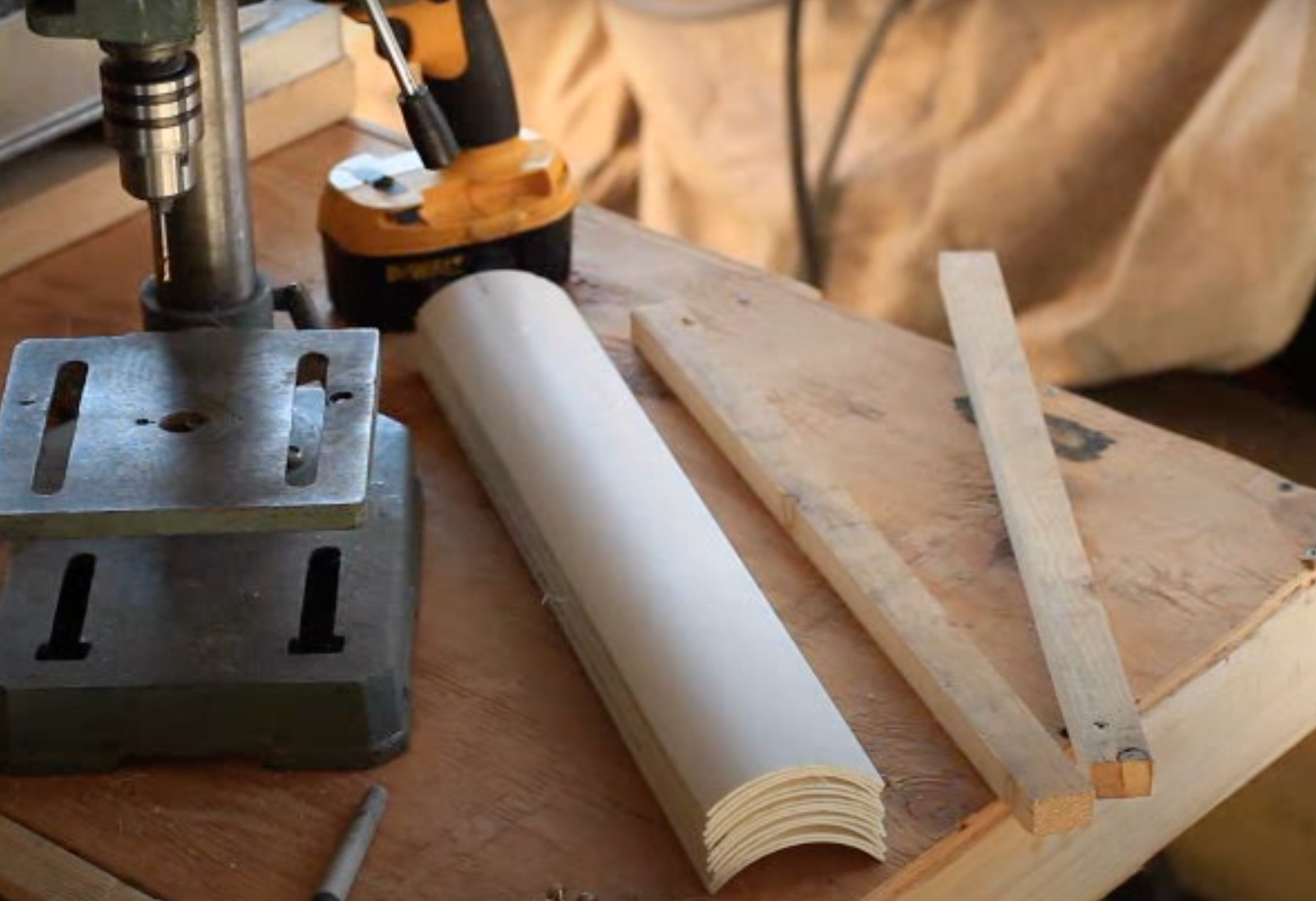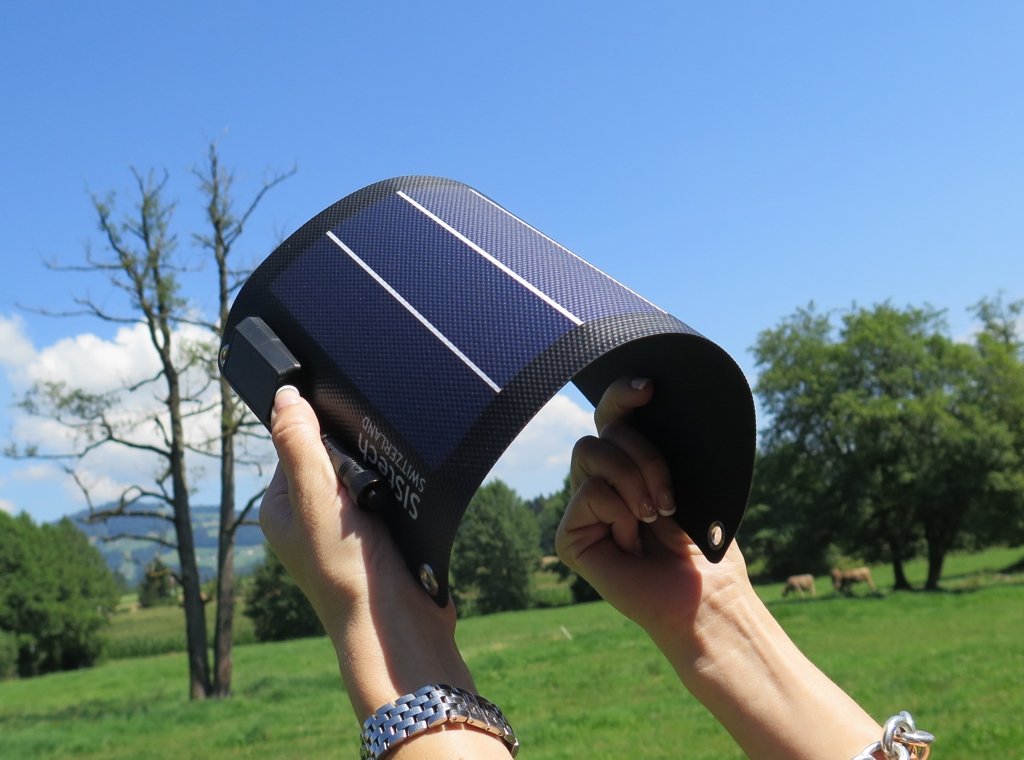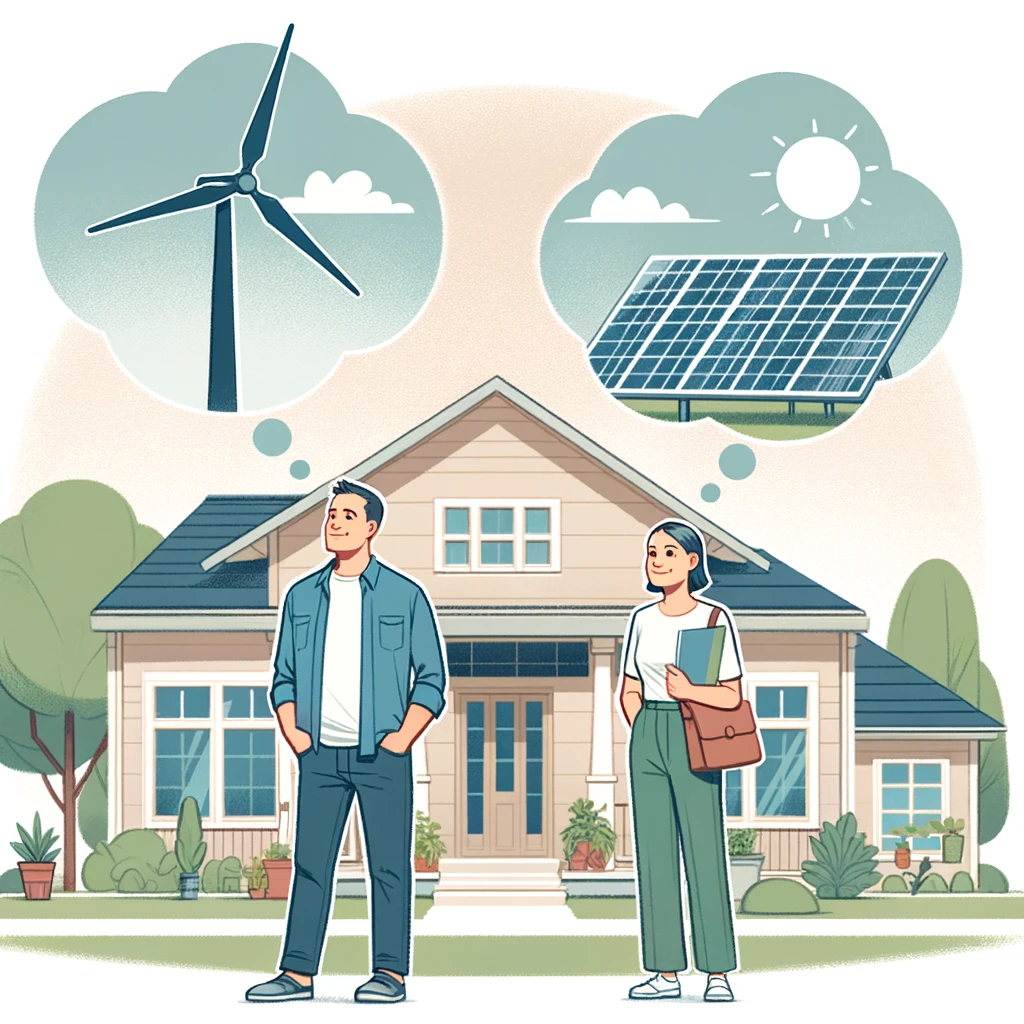
Harnessing wind energy is no longer a privilege of sprawling wind farms. The DIY home wind turbine brings this clean, renewable power straight to your doorstep, promising to slash electricity bills and possibly cut the cord with the grid. The allure of generating your own power is undeniable, but it’s not without its gusts of challenges.
Before you embark on this wind-powered venture, let’s set the stage for a smooth journey. Navigating the construction of a home wind turbine can be as tricky as catching the wind itself. This guide aims to be your guiding light, illuminating the common pitfalls to avoid and to make sure your project is nothing short of a breeze. Ready to harness the wind with wisdom and wit? Let’s dive into the seven crucial mistakes to dodge in your DIY wind turbine quest.
7 Most Common DIY Wind Turbine Mistakes:
1. Underestimating Local Wind Resources
Diving headfirst into a home wind turbine project without sizing up your local wind resources is akin to navigating without a compass—you’re likely to miss the mark. The breeze of truth? A thorough understanding of your area’s wind patterns is the bedrock upon which your wind turbine project should stand. It’s not just about having wind; it’s about knowing its whispers and roars.
Get acquainted with your local wind
Equip yourself with an anemometer to measure wind speed and keep an eye on it over several weeks or months. This isn’t just about gathering numbers; it’s about forecasting the potential of your turbine to harness the wind effectively. Think of it as tuning into nature’s rhythm, ensuring your turbine dances in harmony with the wind, not against it.

Leverage wind maps and databases
This step might seem tedious, akin to doing homework, yet it’s the kind that propels your project from a hopeful experiment to a fruitful endeavour. Ignoring this can leave your turbine languishing in still air, a monument to ambition rather than a beacon of efficiency. In short, to avoid your home wind turbine project becoming a quixotic quest, ground your aspirations in the reality of your local wind’s capabilities.
2. Ignoring Zoning and Permit Regulations
Sailing into the DIY home wind turbine adventure without checking the legalese could land you in choppy waters. Picture this: You’ve built your wind-powered masterpiece, only to find it’s more of a zoning faux pas than a feat of engineering. That’s right, not consulting local zoning laws and permit requirements is akin to building your castle on sand—risky and potentially crumbling under regulatory scrutiny.
Gather information from your municipal authorities:
Every area has its own set of rules when it comes to erecting structures, especially those as significant as wind turbines. It’s not just about ensuring your home wind turbine doesn’t play peekaboo with your neighbor’s view but also about safety and environmental considerations. So, before you get too wind-swept in your turbine dreams, make a pit stop at your local planning office. A chat with the authorities can illuminate the path to compliance, helping you navigate the bureaucratic breeze with ease.
Inquire about necessary permits
Ignoring this step can lead to more than just a slap on the wrist. Think fines, forced dismantling, or even legal battles—a veritable hurricane of headaches you don’t want to weather. And while it might seem like a tedious detour on your journey to renewable energy, obtaining the necessary permits solidifies your project on a foundation of legality. It’s not just about dotting the i’s and crossing the t’s; it’s about ensuring your wind turbine project gets its rightful place in the sun (or, more accurately, the wind) without the shadow of non-compliance looming over.
3. Skimping on Quality Materials
Jumping on the DIY home wind turbine journey with the mindset of cutting corners on materials is certainly a tempest waiting to happen. I know… it is tempting to opt for cheaper components to keep your budget in check, but remember, the strength and longevity of your wind turbine hinge on the quality of what you put into it. Just like a chain is only as strong as its weakest link, a wind turbine is only as robust as its materials.

Prioritize Durability
When it comes to selecting materials for your wind turbine, durability should be your north star. High-quality materials might come with a higher price tag, but they pay off in the long run through increased efficiency and reduced need for repairs. Consider materials that can withstand high winds, weather changes, and continuous operation. For example, when choosing materials for the blades, look for ones that offer a good balance between strength and flexibility. Investing in quality upfront is like buying an insurance policy for your project’s future. At the end of the day, you want to ensure that your turbine stands tall and spins smoothly for years to come.
Research and Compare
Don’t just take a leap of faith with the first materials you come across. Do your own research, compare options, and read reviews from other DIY wind turbine enthusiasts. The internet is a treasure trove of forums, blogs, and resource sites dedicated to renewable energy projects. You might also want to reach out to professionals or hobbyists who have walked this path before. They can offer invaluable insights into which materials worked best for their turbines and which pitfalls to avoid. By arming yourself with knowledge, you’re not only making informed decisions but also tailoring your home wind turbine to be as efficient and reliable as possible.
If you wish to dive deeper into this topic, I recommend you the following GreenrHub articles:
- Building a DIY Wind Turbine: Important Things You Need to Know
- DIY Wind Turbine: Crafting Your Blades For Best Results
4. Misjudging the Size and Power Needs
Venturing into the construction of a DIY home wind turbine without a clear understanding of your size and power requirements is a definite faux pas. You might end up somewhere, but it’s likely not where you wanted to be. Underestimating the energy needs of your household or overestimating the capacity of your wind turbine can lead to disappointing performance. It’s essential to match the turbine’s output with your actual energy consumption. This exercise will ensure you’re not left in the dark or, conversely, investing in more wind power than you can use.
Calculate Your Needs
The first step in avoiding this pitfall is to accurately calculate your household’s energy needs. Start by reviewing your electricity bills to get an average of your monthly kilowatthours (kWh) consumption. This will give you a baseline for what you need your wind turbine to produce. Remember, the goal is to complement your energy use, possibly reducing your reliance on the grid, not to overshoot into surplus without purpose. It’s all about finding that sweet spot where your energy production meets your needs efficiently.
To give an idea, as per the U.S. Energy Information Administration, the average annual electricity usage by a U.S. residential customer is 10,791 kWh. This number represents an average of about 899 kWh per month. Of course, these averages can fluctuate based on the area, weather, electricity needs and more.
Size It Right
Once you have a grasp on your energy requirements, the next step is to size your home wind turbine accordingly. This involves understanding the specifications of different turbine models and their energy output potential. Factors such as rotor diameter and tower height play significant roles in how much power a turbine can generate from the wind available in your area. Again, matching the size of your turbine to your energy needs will make sure that your foray into wind energy is both practical and productive, rather than an exercise in futility.
5. Poor Installation and Placement
Starting on the installation of your DIY home wind turbine without strategic consideration of where to mount it is quite similar to planting a seed in barren soil and hoping for a tree to grow. The right spot does more than just ensure your turbine stands; it significantly impacts its efficiency and, consequently, the amount of energy it can generate. On the other side, poor placement will most likely result in suboptimal wind capture, turbulence, and even increased wear and tear on the turbine. This is why it’s essential to elevate your planning from good to great to ensure your wind turbine doesn’t just exist but thrives.
Seek the Perfect Spot
Finding the ideal location for your wind turbine involves more than just choosing the highest point or the spot with the most open space. You’ll need to consider factors such as obstacles that could cause turbulence (like buildings or trees) and the direction of prevailing winds. It’s generally recommended to install your turbine at least 30 feet above anything within a 300-foot radius. This might require some legwork and observation, but identifying the sweet spot where wind flows most freely will pay dividends in the form of optimal energy production.
Mind the Details
Beyond just the physical location, the orientation and mounting of your turbine are pivotal. Make sure that it’s facing the prevailing wind direction and that its mounting is secure and stable. Vibration and unnecessary stress on the structure can lead to inefficiencies and faster wear and tear over time. I always suggest consulting with experts or utilizing detailed guides to get the installation just right. Remember, the goal is to harness the wind’s power as efficiently as possible. This is why every detail in the placement and installation contributes to achieving that goal. Your turbine’s performance hinges on its foundation, so make it count.
6. Overlooking Maintenance
Launching into the world of DIY home wind turbines with the notion that it’s a set-it-and-forget-it affair can be compared to planting a garden and expecting it to flourish without any tending. Just as plants need water and sunlight, your wind turbine requires regular check-ups and maintenance to make sure it operates at peak efficiency. Neglecting this crucial aspect can lead to decreased performance, unexpected breakdowns, and a shorter lifespan for your turbine. Maintenance is not just a chore; it’s a commitment to the ongoing success of your renewable energy endeavour.
Establish a Routine Check-up
Regular maintenance checks are your first line of defense against wear and tear. This includes inspecting the turbine’s blades for damage, ensuring bolts and connections are tight, and verifying that electrical systems are in good working order. Setting a schedule for these inspections—whether monthly, quarterly, or bi-annually—helps catch issues before they escalate into major problems. Think of it as giving your home wind turbine a health check-up; early diagnosis can prevent the wind from being knocked out of your project.
Be Proactive, Not Reactive
Adopting a proactive approach to maintenance allows you to address potential issues before they disrupt your turbine’s operation. This means not only performing scheduled inspections but also being vigilant about changes in performance or unusual sounds. Having a basic toolkit and replacement parts on hand for minor repairs can save time and money, keeping your turbine spinning smoothly.
7. Expecting Immediate Returns
Diving into the DIY home wind turbine project with the expectation of instant gratification is the same as planting a seed and expecting it to bear fruit overnight. Renewable energy projects, particularly wind turbines, are a long-term investment in both your financial savings and environmental impact. Anticipating immediate returns can lead to disappointment, as the true value of a wind turbine unfolds over time through reduced electricity bills and a smaller carbon footprint. Patience is not just a virtue in this journey; it’s a requirement.
Adjust Your Expectations
Understanding that the return on investment (ROI) from a home wind turbine is a gradual process helps set realistic expectations. The initial costs for equipment, installation, and setup can be significant, but the payoff comes in the form of long-term savings on energy expenses. Moreover, contributing to a greener planet by reducing reliance on fossil fuels is a reward that transcends mere financial gains. Embrace the journey towards sustainability, knowing that each spin of your turbine’s blades is a step in the right direction.
Celebrate the Long-Term Benefits
Instead of focusing solely on the financial payback, consider the broader impact of your wind turbine. Beyond the economic savings, you’re part of a global movement towards renewable energy, reducing your carbon footprint and setting an example for others to follow. The benefits of a DIY home wind turbine extend well beyond your electricity meter; they ripple out to your community and the environment. Celebrate these accomplishments as they reflect the true value of your investment—a cleaner, greener future for all.
Wrap Up
Stepping into the realm of DIY home wind turbines is an adventure that blends innovation with a touch of audacity. It’s a path paved with potential pitfalls, but armed with the insights we’ve shared, you’re now equipped to navigate them with confidence. Remember, each mistake avoided is a step closer to a successful and sustainable wind energy project. By sidestepping common blunders, you ensure your turbine for home not only stands tall but also delivers on its promise of clean, renewable energy.
As you embark on this journey, let the wind be more than just a source of power; let it inspire a commitment to sustainable living and a testament to the ingenuity of those willing to harness it. The road to renewable energy is as rewarding as it is challenging, and your contribution to a greener planet is a legacy worth the effort. So, gear up, chart your course, and let your DIY home wind turbine project be a beacon of innovation and environmental stewardship. Here’s to turning challenges into victories and breezes into power—may your turbine spin long and your resolve spin longer.
Return to Home Page for other great articles
Click here for other great articles about Wind Energy
Image Attributions:
- Tpdwkouaa, CC BY-SA 4.0 https://creativecommons.org/licenses/by-sa/4.0, via Wikimedia Commons





Leave a Reply